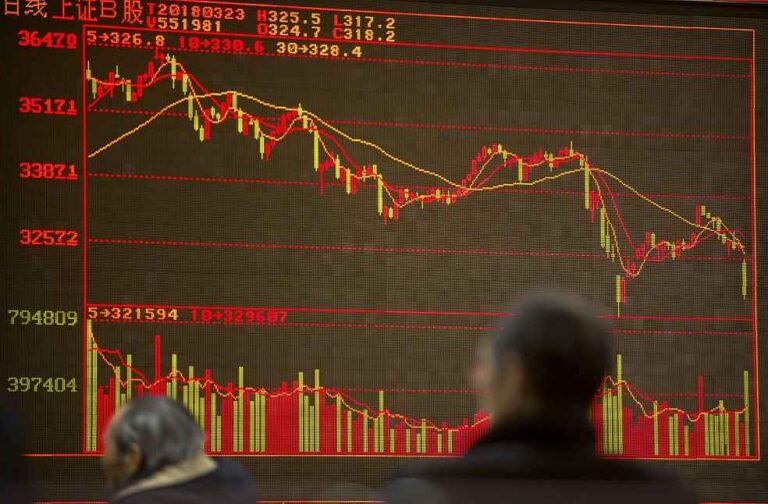Nepal’s foreign trade showed modest improvement in the first four months of the current fiscal year, driven by increased festive demand, according to the Department of Customs. Exports rose by 4.16% to Rs52.67 billion, reversing a 7.68% decline during the same period last year. Key contributors included soybean oil, cardamom, tea, and carpets. Imports also saw a marginal 0.17% increase to Rs513.38 billion, with significant growth in petroleum products, gold, iron, steel, and automobiles.
Challenges Persist Despite Growth
Despite these gains, Nepal’s economy continues to struggle. A slowdown in the construction sector has led to a sharp decline in cement demand. Exports of cement have stalled due to challenges in meeting Indian certification standards, raising concerns about the survival of local cement factories. Jagadish Chandra Pokharel, an economist, highlighted the need for government intervention to resolve these certification issues.

Economist Puskar Bajracharya attributed the broader economic slowdown to political instability, which has hindered trade and dampened investor confidence. “Nepal’s economy has been in a slump for the past one-and-a-half years and has failed to rebound,” he said. Bajracharya called for targeted incentives to boost production and reduce inter-bank interest rates to 4–5% for a few months, which he believes would stimulate economic activity.
Decline in Exports to Major Markets
Exports to Nepal’s largest trade partners, India and China, saw significant declines—5.3% and 24.8% respectively. Exports to other countries dropped by 6.6%. On the import side, trade with India, China, and other nations also decreased, with respective declines of 3.9%, 1.5%, and 7.9%.
The trade deficit narrowed by 4.0% to Rs352.37 billion during the first three months of the fiscal year, aided by a decrease in overall trade volume. However, the export-import ratio dipped slightly to 9.8% from 10% in the same period last year.

Festive Demand Offers Temporary Relief
The report highlighted an uptick in demand for new exportable products such as zinc sheets and plywood, especially in the Indian market. However, Pokharel cautioned that reliance on exports of products like soybean oil is unsustainable in the long term.
Economic Impact of Recent Disasters
The economic challenges were exacerbated by late-September floods and landslides, which caused losses estimated at Rs46.68 billion, nearly triple the initial projections. The disaster significantly damaged physical infrastructure, social sectors, and productive industries.
As a result, the government’s growth target of 6–6.5% appears unachievable, with economists projecting growth at just 3% this fiscal year. Bajracharya noted that declining trade is further straining revenue collection, jeopardising capital expenditures on development projects.
BUSINESS GENERAL | Vietnam Eyes Halal Market Boom with Certification, Strategic Plans



